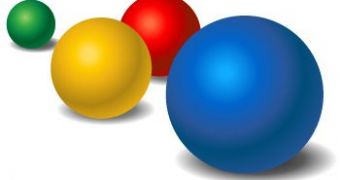Google hasn't been making too much inroad into display advertising, certainly not to the extent of its success with search ads. But it's not giving up any time soon and, if it can't deliver on its own, it could always buy a company that can. And this is exactly what it did with the acquisition of Teracent, a display advertising startup which creates automated, customized ads in real time.
“We think that this technology has great potential to improve display advertising on the web. That's why we're pleased to announce today that we've entered into a definitive agreement to acquire Teracent. The transaction, which is subject to various closing conditions, is expected to close this quarter,” Neal Mohan, vice president, Product Management, and Joerg Heilig, engineering director, wrote.
Google hasn't disclosed any financial details, but it's likely a small acquisition, nothing like the recent $750-million AdMob deal. Teracent has raised only $5.8 million from investors so far and it already had a growing business. Interestingly, Yahoo was one of its big-name clients and is using Teracent technology to offer its Mobile SmartAds. Google hasn't said anything about this, but it's likely that the partnership will be ending soon enough.
“Teracent's technology can pick and choose from literally thousands of creative elements of a display ad in real-time — tweaking images, products, messages or colors. These elements can be optimized depending on factors like geographic location, language, the content of the website, the time of day or the past performance of different ads,” they explained the technology Teracent provides.
The idea is very much to Google's liking, the company has always put computers first when trying to solve a problem. The really interesting part is not the customization options but the machine learning. The algorithm observes the performance of certain ads and constantly improves the quality of new ads based on popularity of previous ones. The technology should slot in neatly with the display ads unit at Google, which came to be after the huge DoubleClick acquisition in 2007.

 14 DAY TRIAL //
14 DAY TRIAL //